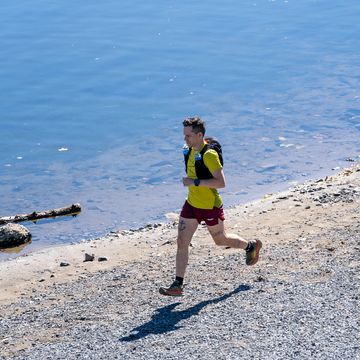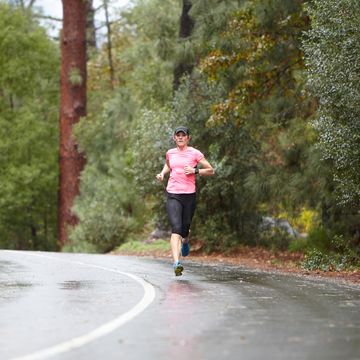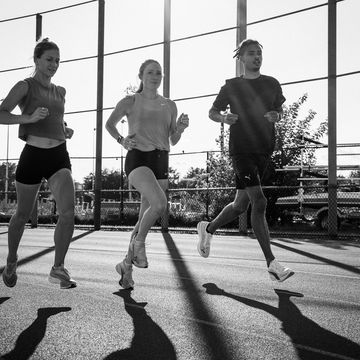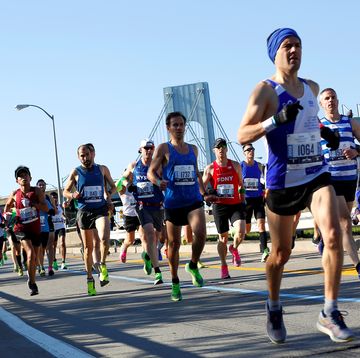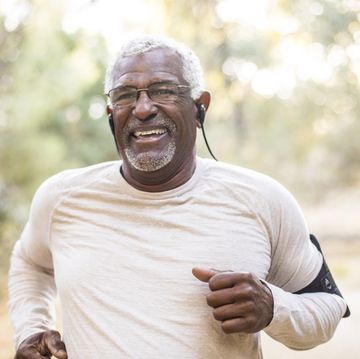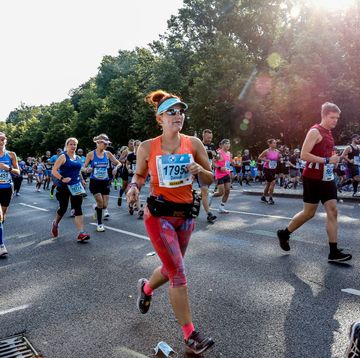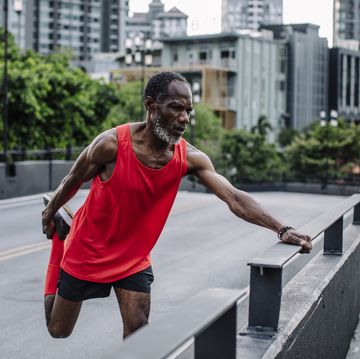Bill, Frank, Joanie and Ted - four heroic and historic superstars of the American marathon - will be inducted into the New York Road Runners Hall of Fame in November, it was announced today (September 19). With such beloved icons, there's little need for a press release, almost no need for surnames.
Rodgers, Shorter, Benoit Samuelson, Corbitt – the running boom, the running industry, and the whole thriving phenomenon of the American marathon were built on them, and they are deservedly honored. The only icon missing is Kathrine Switzer, who was unavailable and will be inducted next year. Fred Lebow, Grete Waitz, Alberto Salazar, Miki Gorman and Nina Kuscsik were inducted in the first two NYRR classes in 2011 and 2012.
It's a good move by NYRR to put the sport's history on parade for a new generation of runners who, inevitably, may be hazy about what this magnificent quartet achieved. It is also an adroit way of recycling the sport's most charismatic names, who have all previously won the NYRR's existing Abebe Bikila Award.
More From Runner's World

It's hard to fault this selection, whose contributions to sport and society go deep.
Bill Rodgers is the world's most accessible celebrity, who has spent most of his life using his quirky innocent charm to bridge the gap between the elite runner and the humble jogger. [See New York City Marathon]
Frank Shorter's gold and silver medals are surpassed in Olympic marathon history only by the legendary Bikila. Shorter then brought his intelligence and insight to many aspects of the sport. [See The Greatest Races: Men's Marathon]
Joan Samuelson expanded the boundaries of physical capability for all women when she ran out of the dark tunnel into the sunlit Olympic stadium. She continues (like Rodgers) to be a winning competitor. [See The Greatest Races: Women's Marathon]
The late Ted Corbitt used a marathoner's quiet persistence to achieve as an Olympic runner, co-founder of RRCA, physical therapist, and pioneer in course measurement, pushing in his gentle way through the racial barriers of that era.
Corbitt may be the most significant, for doing so many things that educated society in the later twentieth century about the full capabilities of African Americans – in intellectual innovation and organisational leadership, as well as physical achievement.
“Having such a meaningful group at our race will affirm the return of New York after the cancelation in 2012,” said Mary Wittenberg, NYRR CEO, in a telephone interview this week. As well as the induction ceremony/news conference, there will be banners of the Hall of Famers along the marathon's finish, she said.
“The marathon straightaway is going to be 'Champions' Row.' By celebrating the past, we want to inspire the present, and so elevate the future,” Wittenberg said.
I asked about the protocol by which inductees are selected. In my other lives in the academic and literary worlds, I've seen problems develop when the processes and criteria are not transparently equitable.
“The early classes are obvious classes, so have been chosen mainly by George Hirsch [Chairman of the NYRR Board] and me. With the George Hirsch Journalism Award, we have now brought in the previous honorees, Dick Patrick and Amby Burfoot, as advisors. With the Hall of Fame, there is no nomination and selection process yet, but we will move toward formalising it,” Wittenberg said.
She described the criteria for selection as influence on New York Road Runners, contribution to the New York City Marathon, and contribution to the wider running community. She commented with passionate admiration on this year's honorees.
“Ted Corbitt was the founding father of running in New York, important in so many ways. Bill Rodgers won our marathon four times. Frank Shorter was pivotal by running against Bill in 1976, the year the marathon was transformed as an event. Joan Samuelson has been at our marathon in important years like 2001, and is increasingly inspirational.”
Wittenberg did not touch on the concern that Samuelson and Rodgers are inescapably more closely associated with another marathon. (Clue: His nickname is Boston Billy.)
Bill, Frank, Joanie, Ted (and Kathrine)...If the list sounds familiar, that may be because it was the exact same list for the inaugural year of the National Distance Running Hall of Fame in Utica, New York, in 1998. Rodgers, Samuelson and Switzer have also had their days in the sun up the road in Boston, which has no formal Hall but honors a selection of past champions each year. Then there's the Road Runners Club of America, which thought of it first. The RRCA Distance Running Hall of Fame has been going strong since 1971, inducting Corbitt in 1972, Shorter in 1977, Rodgers in 1978, and Samuelson and Switzer in 1984. And, as I said, all five have won the NYRR's own Bikila Award, established in 1978.
So New York is not breaking new ground. And thereby hang some questions about the purpose and effect of such halls of fame; questions about whether we are focusing on celebrity and neglecting the real history; and questions about how our strange, intensely localised, village-by-village sport does its business, and in this case sets up its icons for public worship. So far as I have established, each Hall seems oblivious of the others, or at least there has been no consultation between them. It's a bit like the way I was brought up to think of St George as the patron saint of England, and only recently found out he's the patron saint of 18 other countries.
In the interest of the sport as a whole, what should be the criteria when a single local race (which includes even New York) unilaterally establishes a Hall of Fame?
If the criteria include contributions other than to the host race, might the sport be harmed by a proliferation of such halls, all wheeling out the same well-recognised names?
“I think having multiple halls of fame for the same sport has a bit of a diluting effect,” said Tim Reed, executive director of the National Distance Running Hall of Fame at Utica, by email this week.
It has to be said that Utica's Hall of Fame has lost its original impetus and credibility, with inductions now only every two or three years. A campaign to raise finance from other road races was largely unsuccessful, and it seems the Hall has become more of a burden than an asset to the Boilermaker 15k road race that created it, never connecting to the 20,000 runners in town for the race.
Utica is also finding that it gets harder to beat up media and runner interest in the later years of a Hall, for figures with lesser name recognition, however deserving. (Maybe they should rebrand as the Abebe Bikila Award and start again?)
There is a related problem. The sport of running in America has failed to conserve its own history. Utica and RRCA Halls of Fame have good websites about their inductees, but none has any “Presidential Library” dimension. Utica has memorabilia on display, and rumor has it that the Boston AA holds a similar collection. But there's little that a historian can use. I've suggested again and again that Utica should give itself a real function by establishing a research collection, library, or archive, and once I tried to set up an alliance with Syracuse University. No success. And a film researcher who tried to find historical materials at New York Road Runners told me there is “no archive - nothing.”
Running is such a booming sport, so creatively occupied with the present, that it has had no time to look after its past. But it's getting urgent. America's leading scholar of running, Dr David Martin of Atlanta, is sending his lifetime collection of books, magazines, and other materials to the AIMS Marathon Museum of Running in Berlin, in despair that no one would provide a home for it in USA. Yes, that's Berlin, Germany. It's an excellent museum, and the only place I know where future research into the history of road running is being provided for. (In Los Angeles, the LA84 Foundation Library is a treasure house of track and field and Olympic materials.)[See Running Pace Calculator]
Corbitt passed away in 2007. His son Gary has been trying since then to find a home for his father's huge collection, which includes stacks of personal letters of irreplaceable importance. The generation that created the running boom in the 1970s will, inevitably, be following him before too long. Their scrapbooks, training diaries, letters, photos, whatever, all the bread and butter of future historians, will disappear with them unless someone creates a home soon. Putting such materials on line is a gigantic job.
Races & Places.
“At Utica, we are in the midst of trying to sell the current building, to hopefully be located closer to the [Boilermaker] race course. An ideal spot would be close to the finish line. Should the sale occur, I think it will trigger a long conversation about the Hall,” commented Reed.
“We may eventually have a physical home for the Hall. We're currently thinking of putting relevant materials on line. We have also had some discussion with Dr Norb Sander at the USATF Hall of Fame at the 168th Street Armory, where one room is devoted to the New York City Marathon,” said Wittenberg.
Training Pace Calculator:
Syracuse University and its Bird Library are progressively taking (my wife) Switzer's collection, to the great benefit of the marital basement as well as the archival future.
RRCA is developing a website on Distance Running History. The three sub-sites established so far are excellent, focused on RRCA's history, its Hall of Fame, and a complete set of the seminal 1950s-70s journal, Long Distance Log, with an expert introduction by Tom Osler. [www.RRCAhistory.org]
The most hopeful possibility for an archive is the proposed International Marathon Center at Hopkinton, MA, which is planned to incorporate a Marathon Museum and Hall of Fame. Created from local energy rather than being spun off from the Boston Marathon, the proposed Center already has active international linkages, especially with Greece. One of its main proponents is former Boston race director Tim Kilduff, so that connection seems established.
With the mission of serving the whole sport – past, present, and future – and free of the promotional and operational pressures that each major race has to retile, this could be the viable model.
So I'll be there in November applauding Bill, Frank, Joanie and Ted, but I'll also be privately fretting about who is going to conserve their memorabilia. NYRR? Hopkinton? Berlin? Or Waste Management, Inc? It will be worse than a shame if the American marathon only stages whoopy induction ceremonies, while discarding the real substance of its own history by the roadside like a used sponge.
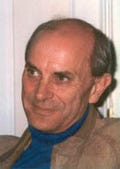
Roger Robinson is a highly-regarded writer and historian and author of seven books on running. His recent Running Throughout Time: the Greatest Running Stories Ever Told has been acclaimed as one of the best ever published. Roger was a senior writer for Running Times Calories Burned Calculator Runner’s World contributor, admired for his insightful obituaries. A lifetime elite runner, he represented England and New Zealand at the world level, set age-group marathon records in Boston and New York, and now runs top 80-plus times on two knee replacements. He is Emeritus Professor of English at Victoria University of Wellington, New Zealand, and is married to women’s running pioneer Kathrine Switzer.



